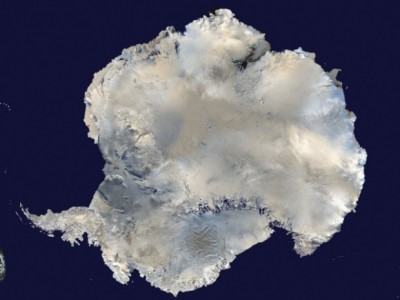West Antarctic rapid glacier retreat may be exceptional during the Holocene
Ice loss from the marine-based, potentially unstable West Antarctic Ice Sheet (WAIS) contributes to current sea-level rise and may raise sea level by ≤3.3 m or even ≤5 m in the future.
Source: Over the past few decades, glaciers draining the WAIS into the Amundsen Sea Embayment (ASE) have shown accelerated ice flow, rapid thinning, and fast retreat of the grounding line (GL).
However, the long-term context of this ice loss is poorly constrained, limiting our ability to accurately predict future WAIS behavior.Here we present a new chronology for WAIS retreat from the inner continental shelf of the eastern ASE, based on radiocarbon dates from three marine sediment cores. The ages document a retreat of the GL to within ∼100 km of its modern position before ca. 10,000 calibrated (cal.) yr B.P. This early deglaciation is consistent with ages for GL retreat from the western ASE.
Our new data demonstrate that, in contrast to the Ross Sea, WAIS retreat from the ASE shelf was largely complete by the start of the Holocene. Our results further suggest either slow GL retreat from the inner ASE shelf throughout the Holocene, or that any episodes of fast GL retreat must have been short-lived.
Thus, today’s rapid retreat may be exceptional during the Holocene and may originate in recent changes in regional climate, ocean circulation, or ice-sheet dynamics.
